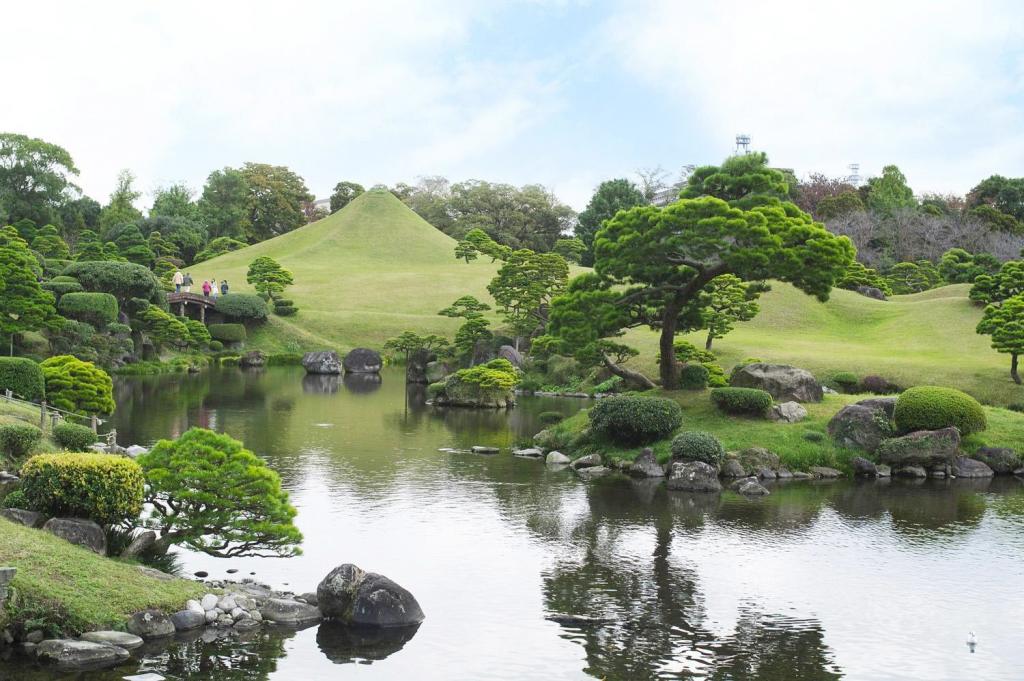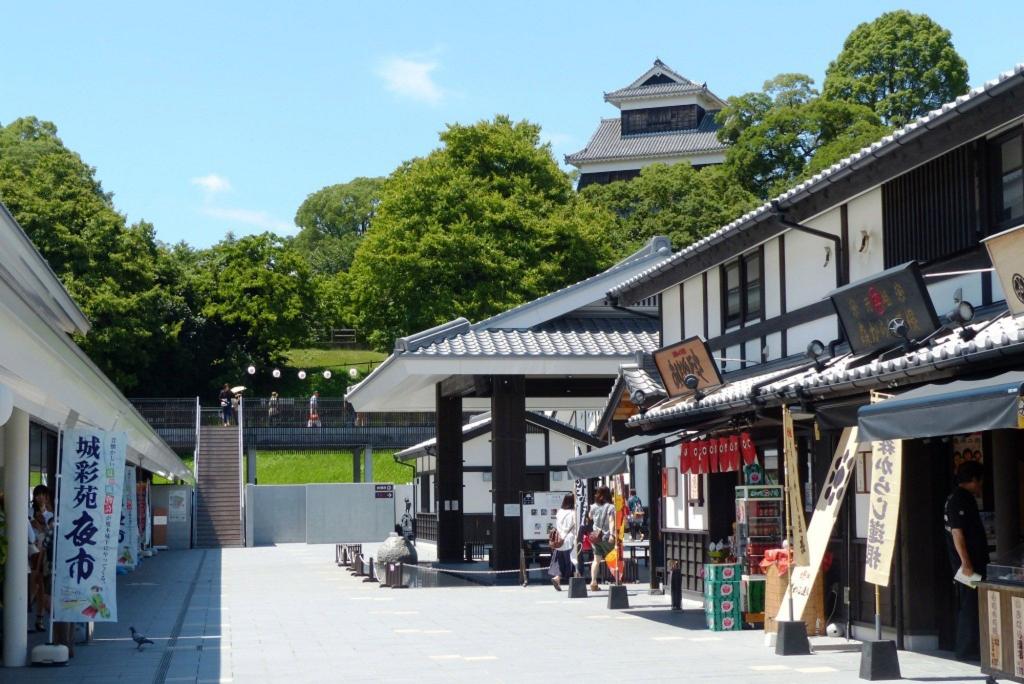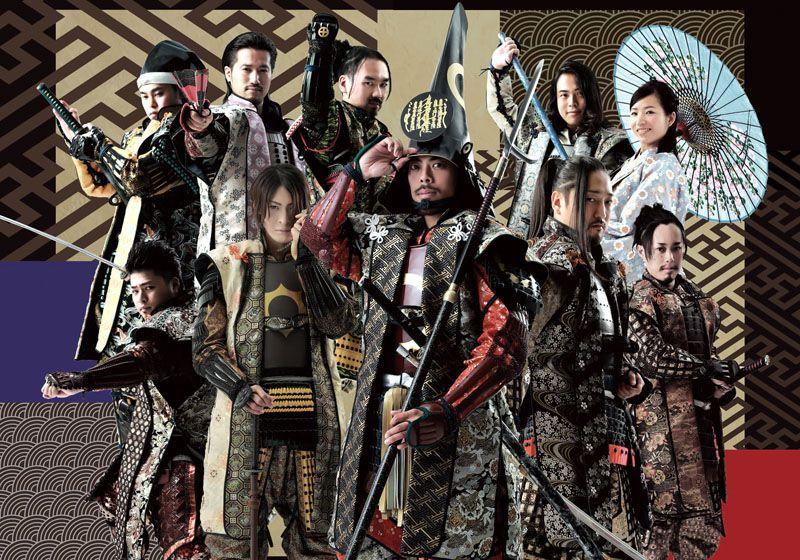

Route bus (Shiro Megurin bus) [about 23 minutes]

Sakuranobaba Johsaien is a facility for tourism and cultural exchange.
It consists of “The Wakuwakuza History and Cultural Experience” and “The Sakuranokouji Shopping Arcade.”
In Wakuwakuza, you can learn about the history of Kumamoto with interactive and virtual exhibits.
The shopping arcade is modelled after a castle town from 300 years ago and has over 20 stores. At these stores you can try local specialty foods and buy souvenirs.
Volunteer tour guides are available at the Tourism Information Center and will be happy to tell you about the area.


Sakuranobaba Johsaien is a facility for tourism and cultural exchange.
It consists of “The Wakuwakuza History and Cultural Experience” and “The Sakuranokouji Shopping Arcade.”
In Wakuwakuza, you can learn about the history of Kumamoto with interactive and virtual exhibits.
The shopping arcade is modelled after a castle town from 300 years ago and has over 20 stores. At these stores you can try local specialty foods and buy souvenirs.
Volunteer tour guides are available at the Tourism Information Center and will be happy to tell you about the area.
Route bus (Shiro Megurin bus) [about 5 minutes]
Route bus (Shiro Megurin bus) [about 14 minutes]
By walk [about 4 minutes]
By walk [about 4 minutes]

Kumamon Square is the base of operations for Kumamon, the official Sales and Happiness Manager of Kumamoto Prefecture. This spot features a 360-degree stage where Kumamon performs daily, along with Instagram-worthy photo spots, AR games on large screens, and a variety of interactive experiences that people of all ages can enjoy! There's also a Fan's House that showcases Kumamon's treasured items, a Bazaar filled with exclusive merchandise, and a café serving sweets made with local Kumamoto produce.
Streetcar [about 11 minutes]

A historical garden dating from the Momoyama period (1568 - 1600)
The origin of this garden dates back to 1632 when Hosokawa Tadatoshi, from the first generation of feudal lords who ruled over the Higo provinces, built Suizenji Temple by the lake here. The temple was later relocated and a tea house was built in its place. Following this the site became a retreat and a garden for the Hosokawa family for many years. It was Tsunatoshi, from the third generation of the Hosokawa family, who designed the garden according to the principles established during the Momoyama period at the end of the 16th century.
The garden has been open to the general public since the end of the 19th century.
There are about 150 cherry blossom trees planted along the garden path; many people come to enjoy the delicate flowers from the end of March to the beginning of April.
Suizenji Park and nearby Lake Ezu are known for having very high quality natural water.
Streetcar [about 35 minutes]